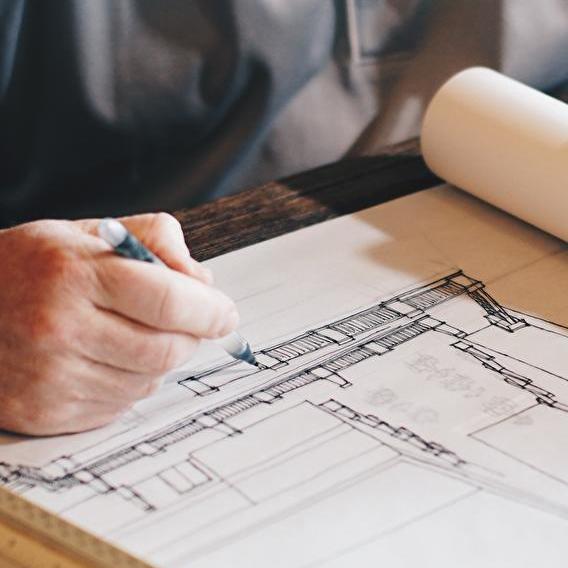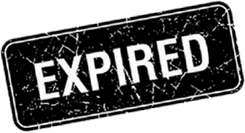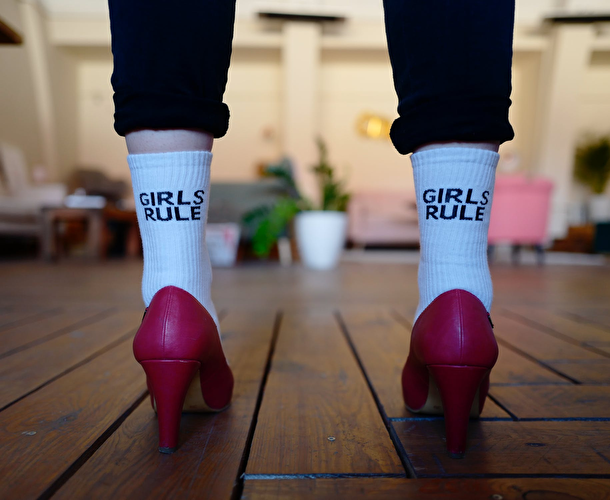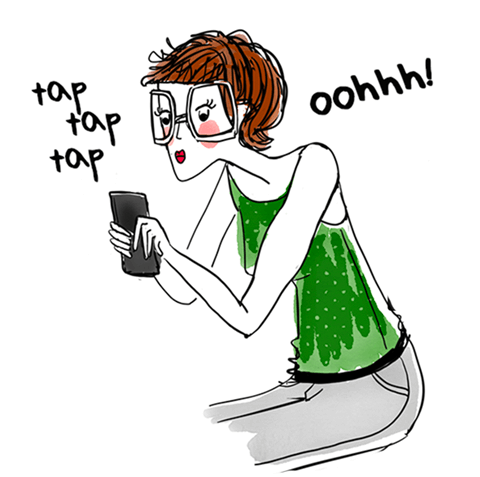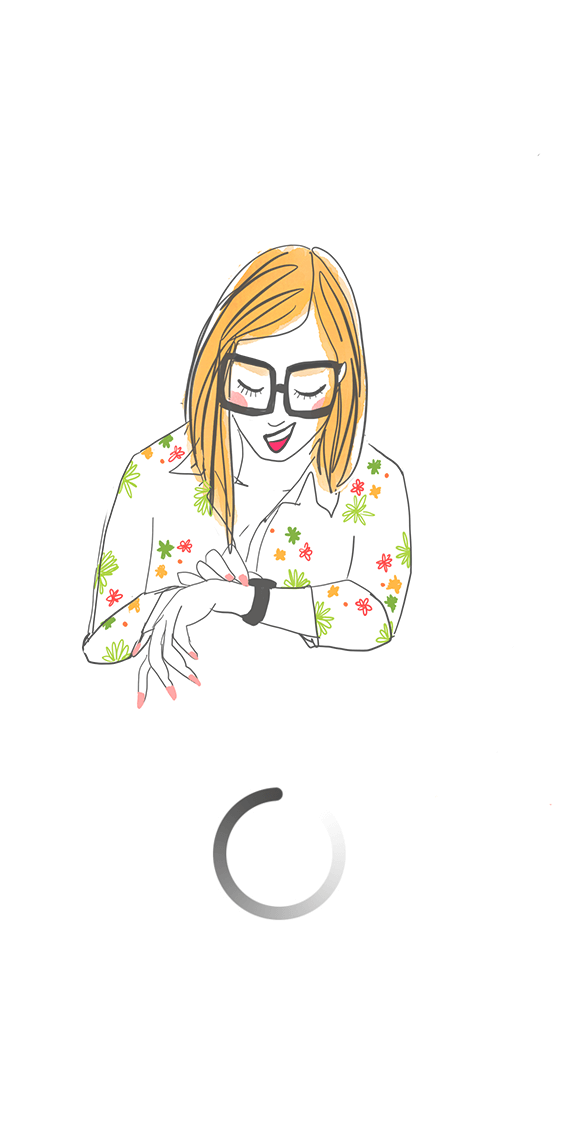
objectives
This training prepares you for the Qualification of a Level 1 Thermographer. You will learn the basics of infrared, use an infrared camera under different conditions and for different purposes, correctly evaluate a measurement situation in the field and identify sources. potential errors. You will be able to perform IR inspections as directed, and record the results of these inspections in reports.
Program
Theoretical portion
Introduction to infrared thermography
Infrared Thermography: Definition
Different aspects of infrared thermography
Importance of temperature as a control parameter
What makes thermography unique and so useful?
Some examples of applications of infrared thermography
Introduction to the camera
Basic functions of using a camera
Basics of thermodynamics
Difference between heat and temperature
Difference between absolute and relative temperature scales
Conversions between scales
Conservation of energy
Heat flow direction
Thermal transfer basics
Thermal transfers: conduction, convection
Radiation: emission, absorption
Difference between steady state and transient
Impact of thermal capacity on the transient regime
Impact of evaporation and condensation on the surface temperature of an object
Electromagnetic spectrum
Classification of the different radiations
Different wavelengths
Visible and infrared
Meaning of short waves and long waves
Lengths of a short wave and a long wave
Reason for their existence
Radiation energy exchange
Incident and outgoing radiation
Black bodies
Fundamentals of Radiation Exchange
Interpretation of thermal images
Infrared image: what does it represent?
Apparent temperature
Impact of emissivity on how the image appears
Thermal image analysis techniques: thermal gradient
Using thermal focus to increase contrast on patterns
Using the isotherm to increase contrasts on patterns
Using palettes to increase contrasts on patterns
Point reflections and differences in emissivity that induce abnormal or tendentious thermal patterns
Quantitative and qualitative
Definition of qualitative (comparative) and quantitative (measurement) analysis methods: their differences
Conditions to use either of these methods
Application a criterion for classifying quantitative results
Interest of a basic repository
Infrared measurement technique
Calibration of the camera
Compensation of the influence of the surrounding environment
Emissivity compensation and temperature conversion
Selecting the measurement tools of the camera
Emissivity: influencing factors
Risk of measurement error
Delta T and the illusory thought syndrome
Estimation of emissivity and reflected apparent temperature
Spatial resolution and dimensions of the targeted object
Practical side
Practical applications of theory
Simulations of practical applications of the field
trainers
Trainers of the Infrared Training Center (ITC)
Prerequisites
Each participant is requested to bring their equipment (camera + accessories and PC).
Where does it take place?
IFSB
5 Krakelshaff
Bettembourg
Luxembourg
You could like it :
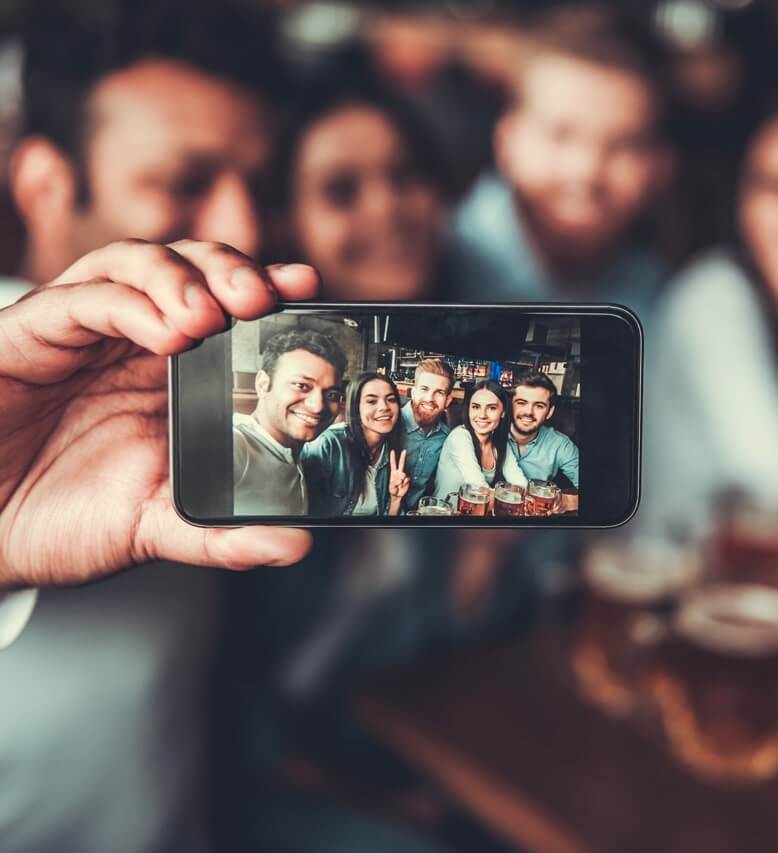
find out about all the networking events and trainings tailored for you!
find out about all the networking events and trainings tailored for you!


